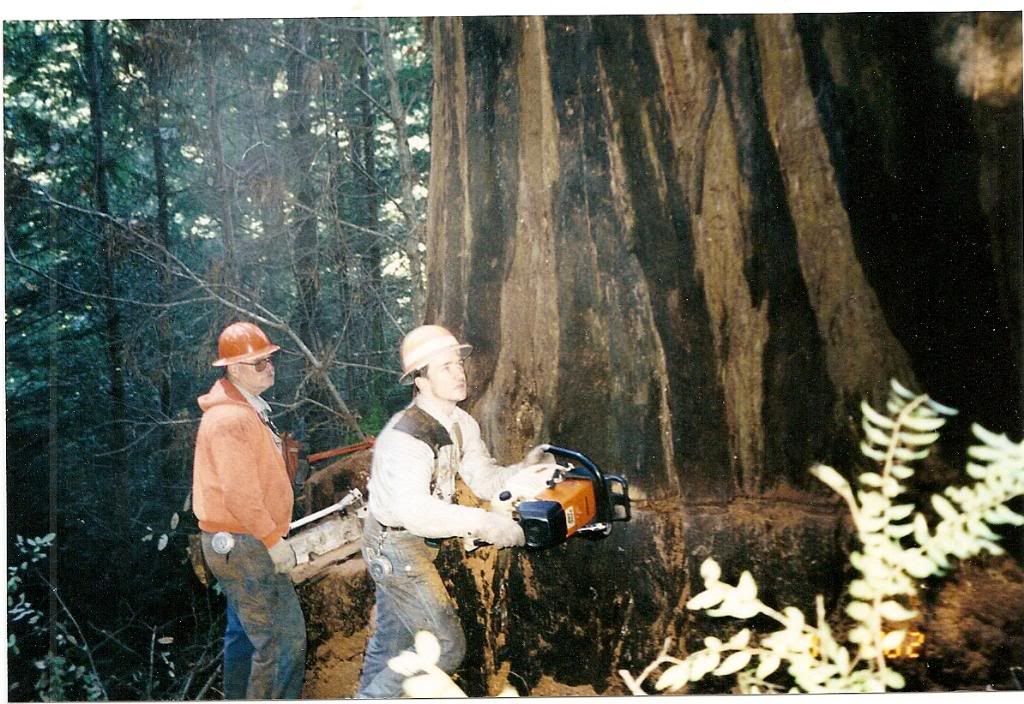smokechase II
Addicted to ArboristSite
Here is a link to the Williams Fire in Oregon.
A photo from their web page:
http://www.inciweb.org/incident/pictures/large/1763/4/
===============
Note that the faller is looking down the sights toward the target.
They are both in the same view.
If you are in the habit of looking down at your sights and drawing a line with your mind or your hand you are denying yourself the best accuracy.
Its OK when your have a huge target. No sweat.
However, consider trees well over 100 feet tall and the accuracy needed.
A photo from their web page:
http://www.inciweb.org/incident/pictures/large/1763/4/
===============
Note that the faller is looking down the sights toward the target.
They are both in the same view.
If you are in the habit of looking down at your sights and drawing a line with your mind or your hand you are denying yourself the best accuracy.
Its OK when your have a huge target. No sweat.
However, consider trees well over 100 feet tall and the accuracy needed.







